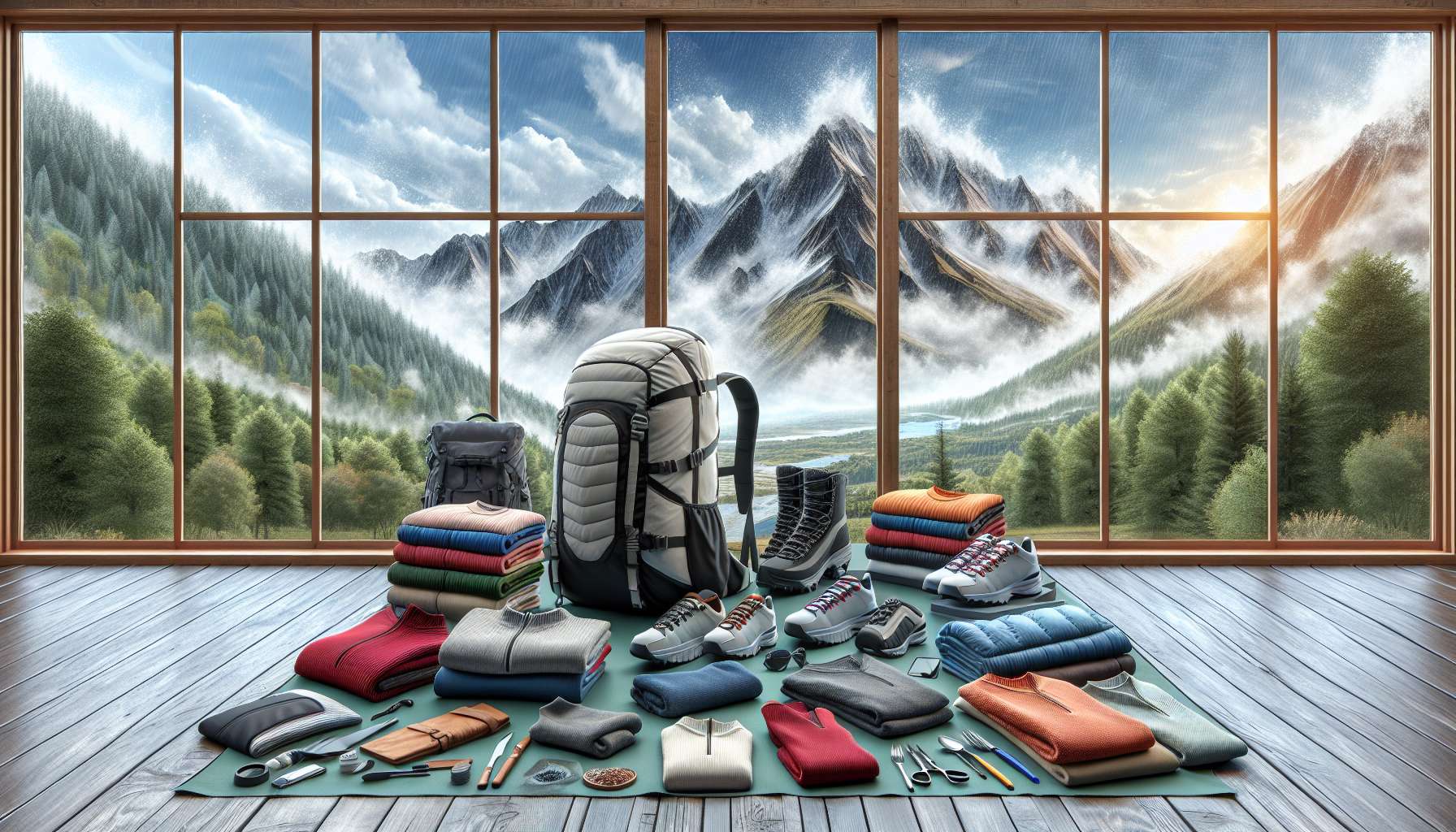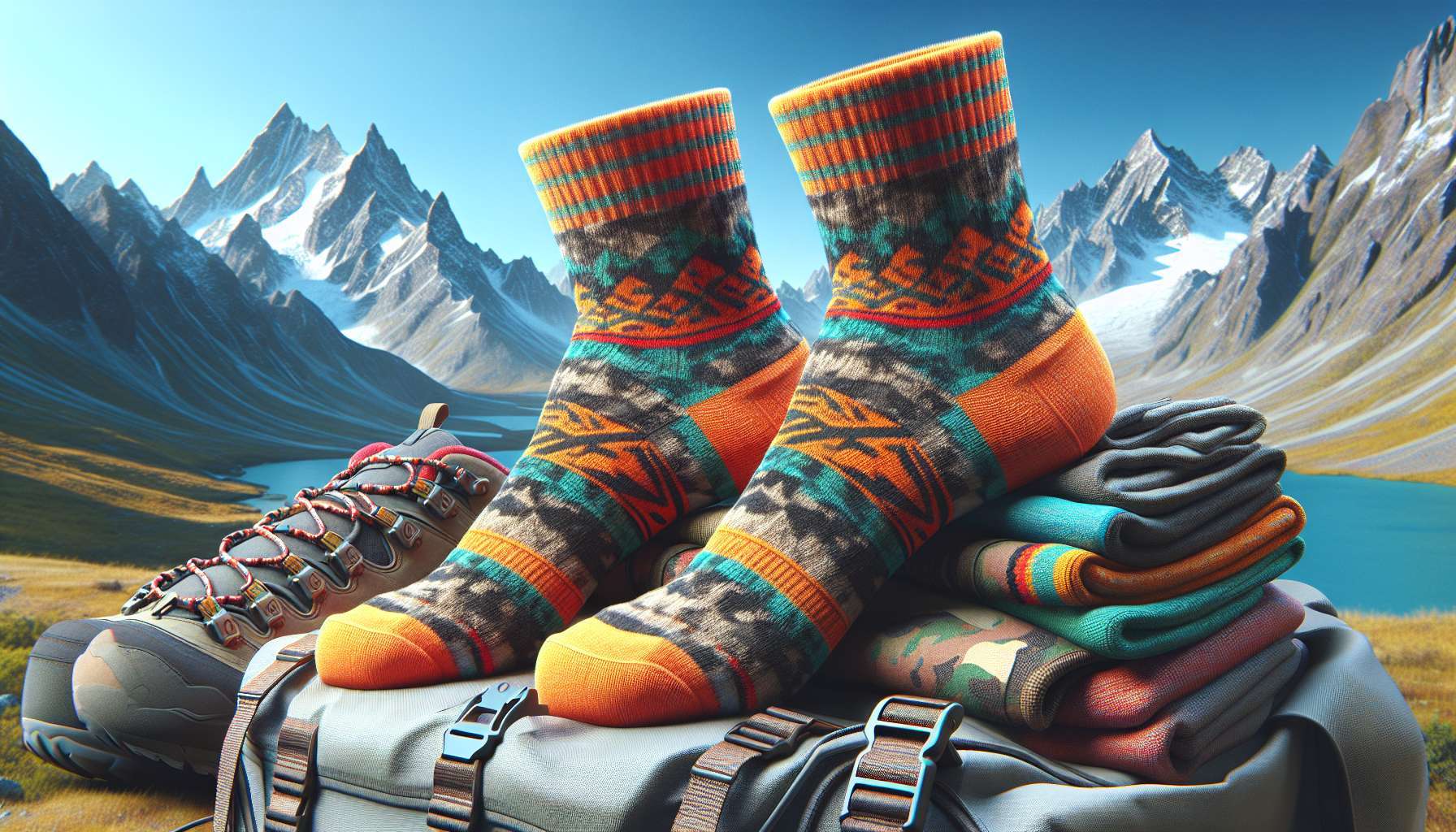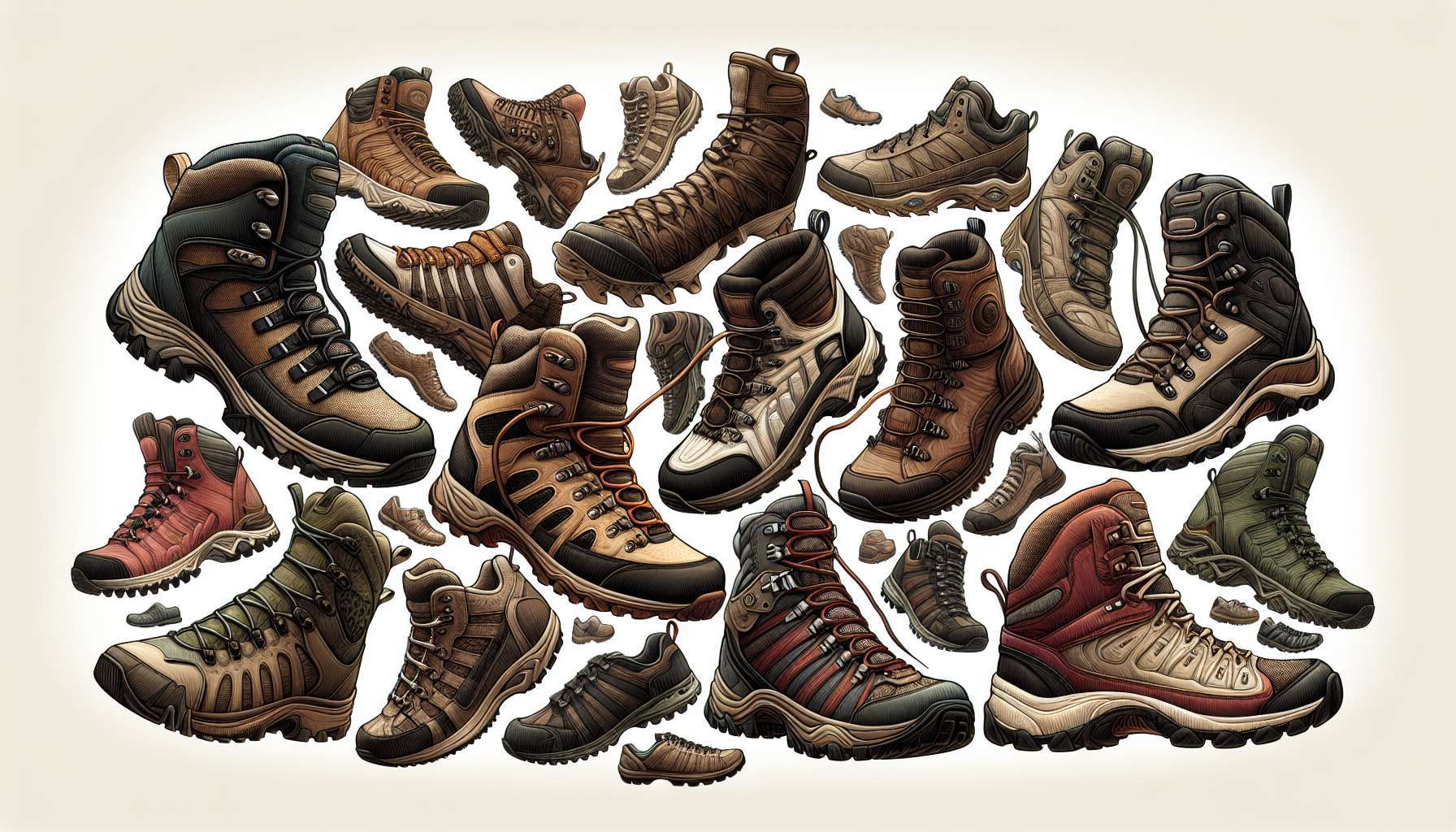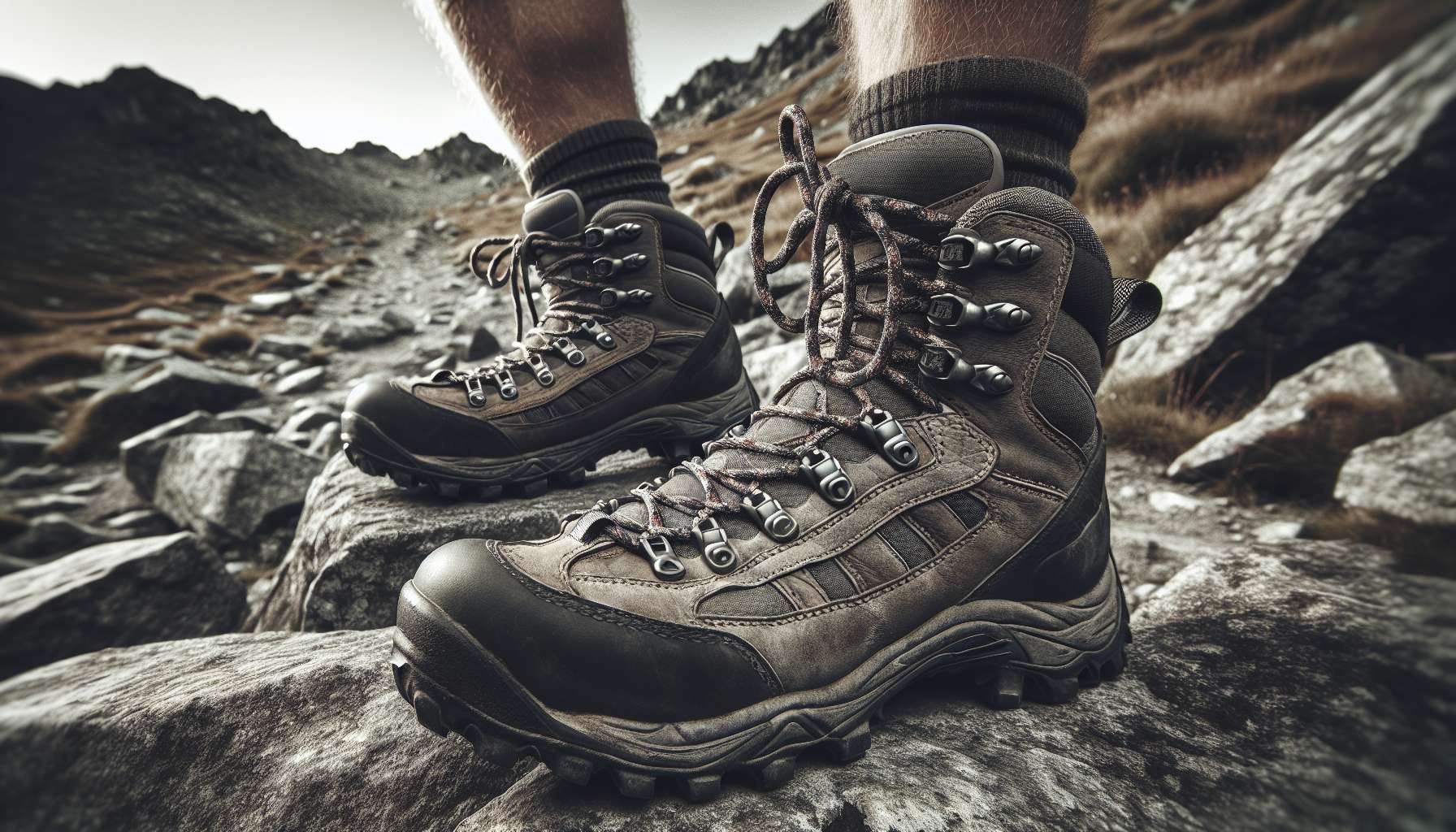Unveiling the Secrets of Base Layers for Hiking: A Comprehensive Guide
As outdoor enthusiasts, hikers are well aware of the importance of proper gear for a successful and enjoyable trek. While boots, backpacks, and jackets often steal the spotlight, one vital piece of equipment that should not be overlooked is the base layer. Often overshadowed by more glamorous pieces of hiking gear, base layers play a crucial role in ensuring comfort, performance, and protection during outdoor adventures.
In this comprehensive guide, we will delve deep into the world of base layers for hiking. From understanding the different types of base layers to exploring the benefits they offer, we will equip you with the knowledge needed to make informed decisions when choosing the right base layer for your next hiking expedition.
The Evolution of Base Layers
Historically, base layers were primarily worn to keep the body warm in cold weather conditions. Made from materials like wool or cotton, these early base layers were effective in providing insulation but fell short in terms of breathability and moisture-wicking capabilities. However, with advances in textile technology, modern base layers have undergone a significant transformation.
Today, base layers are designed to not only keep you warm but also to regulate your body temperature, wick away sweat, and provide comfort in a variety of outdoor conditions. With the introduction of synthetic fabrics like polyester and merino wool, base layers have become more versatile and functional, making them an essential component of any hiker’s wardrobe.
The Importance of Choosing the Right Base Layer
When it comes to selecting a base layer for hiking, there are several factors to consider. The type of fabric, the weight of the base layer, and the fit all play a crucial role in determining its performance. Additionally, the weather conditions, the intensity of the activity, and personal preferences should also be taken into account when choosing the right base layer.
For example, in cold weather conditions, a merino wool base layer is an excellent choice as it provides superior insulation and moisture-wicking properties. On the other hand, for high-intensity activities in warm weather, a lightweight synthetic base layer that offers breathability and quick-drying capabilities would be more suitable.
The Different Types of Base Layers
Base layers come in various styles and designs, each tailored to meet specific needs and preferences. The three primary types of base layers are:
1. Synthetic Base Layers
Synthetic base layers are made from materials like polyester, nylon, and spandex. These base layers are known for their durability, moisture-wicking capabilities, and quick-drying properties, making them ideal for high-intensity activities. Synthetic base layers are also lightweight and breathable, making them a popular choice for hikers who prioritize comfort and performance.

2. Merino Wool Base Layers
Merino wool base layers are crafted from the fine wool of merino sheep. These base layers are prized for their natural insulation, moisture-wicking abilities, and odor resistance. Merino wool is also known for its softness and comfort, making it a favorite among hikers who value luxury and performance. Additionally, merino wool base layers are versatile and can be worn in a wide range of temperatures.

3. Blended Base Layers
Blended base layers combine the best of both synthetic and natural fibers. By blending materials like polyester and merino wool, these base layers offer a balance of performance and comfort. Blended base layers are often designed to maximize the benefits of each material, providing hikers with a versatile and functional option for varying outdoor conditions.
The Benefits of Using Base Layers for Hiking
There are numerous benefits to wearing base layers while hiking, including:
1. Moisture Management
Base layers are designed to wick moisture away from the skin, keeping you dry and comfortable during physical activity. By drawing sweat away from your body, base layers help regulate your temperature and prevent chafing and discomfort.
2. Insulation
Base layers provide an additional layer of insulation, keeping you warm in cold weather conditions. By trapping heat close to the body, base layers help maintain a comfortable body temperature, allowing you to stay out on the trails for longer periods.
3. Odor Resistance
Many base layers are treated with antimicrobial agents that help prevent the growth of odor-causing bacteria. This feature is especially beneficial on multi-day hikes when access to laundry facilities is limited, allowing you to stay fresh and comfortable throughout your journey.
4. Comfort and Versatility
Base layers are designed to be soft, lightweight, and form-fitting, providing maximum comfort and freedom of movement. Additionally, base layers are versatile and can be layered under other clothing to adapt to changing weather conditions, making them an essential piece of gear for any hiker.
Expert Opinions: Tips for Choosing the Right Base Layer
We reached out to seasoned hikers and outdoor experts for their insights on choosing the right base layer. Here are some valuable tips from the pros:
“When selecting a base layer, consider the type of activity you will be engaging in and the weather conditions you are likely to encounter. A lightweight, moisture-wicking base layer is ideal for high-intensity activities, while a heavier, insulating base layer is more suitable for cold weather.” – John, Experienced Hiker
“Don’t underestimate the importance of fit when choosing a base layer. A snug but not tight fit ensures that the base layer can effectively wick away moisture and regulate your body temperature. Look for base layers with stretch or recovery properties for a comfortable and supportive fit.” – Sarah, Outdoor Enthusiast
Common Misconceptions About Base Layers
Despite their importance, base layers are often misunderstood or underappreciated by hikers. Here are some common misconceptions about base layers:
1. Base Layers Are Only for Cold Weather
While base layers are commonly associated with cold weather activities, they are also beneficial in warm weather conditions. Lightweight and breathable base layers can help regulate your body temperature and keep you comfortable during high-intensity activities in the heat.
2. All Base Layers Are Created Equal
Not all base layers are the same, and choosing the right one can make a significant difference in your performance and comfort. The type of fabric, weight, and fit of the base layer all play a role in determining its effectiveness, so it’s essential to select a base layer that suits your specific needs and preferences.
FAQs About Base Layers for Hiking
Here are some frequently asked questions about base layers for hiking:
1. How Many Base Layers Should I Wear?
The number of base layers you wear will depend on the weather conditions and your personal comfort level. In general, one base layer is sufficient for most hiking activities, but you can add additional layers for extra warmth or insulation when needed.
2. How Often Should I Wash My Base Layer?
Base layers should be washed after each use to remove sweat, oils, and bacteria that can build up on the fabric. Follow the manufacturer’s care instructions for washing and drying your base layers to ensure their longevity and performance.
In Conclusion
To wrap things up, base layers are an essential piece of gear for hikers of all levels. By choosing the right base layer based on the type of activity, weather conditions, and personal preferences, you can enhance your comfort, performance, and enjoyment on the trails. Whether you opt for a synthetic, merino wool, or blended base layer, investing in high-quality base layers will pay off in the long run.
Next time you hit the trails, remember the vital role that base layers play in keeping you comfortable and protected during your hiking adventures. So, don’t overlook this essential piece of gear and make sure to select the right base layer for your next outdoor expedition.




